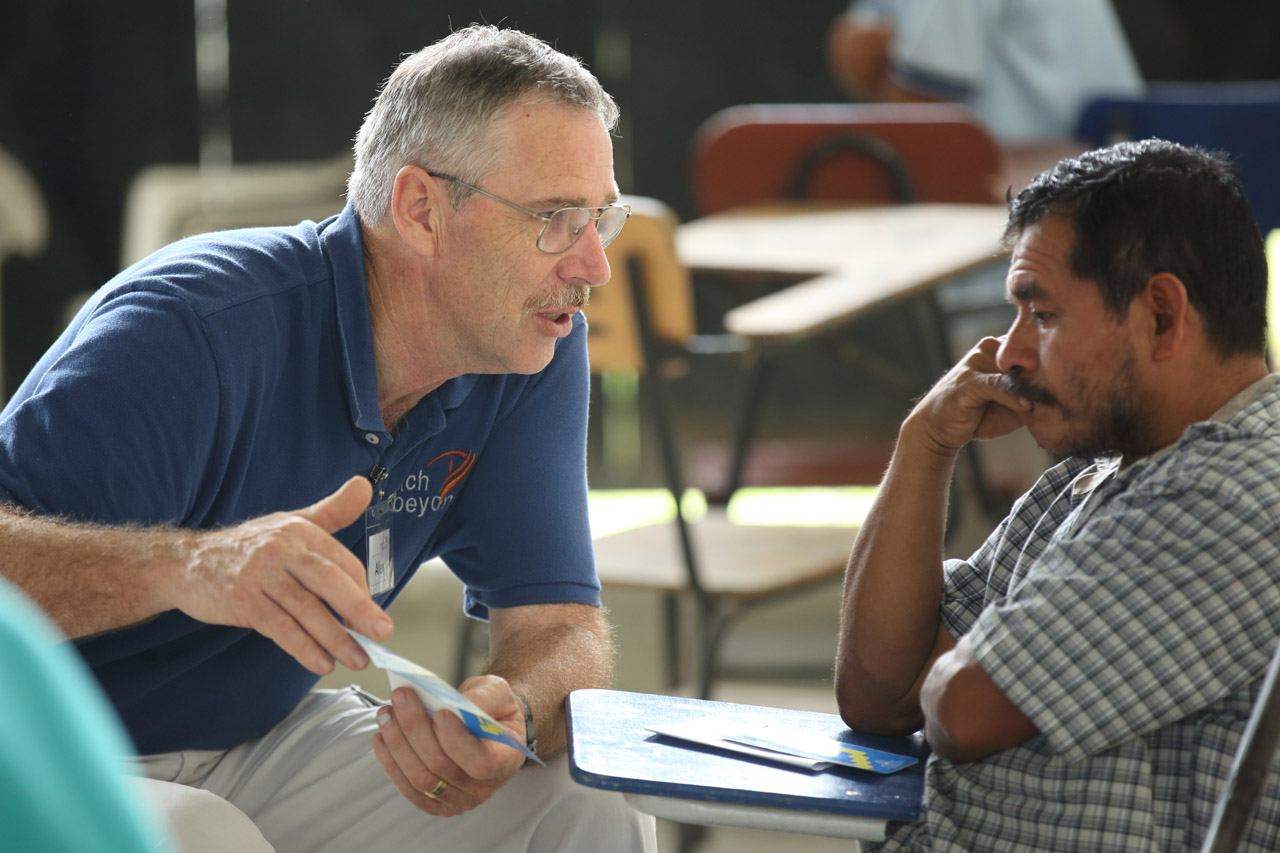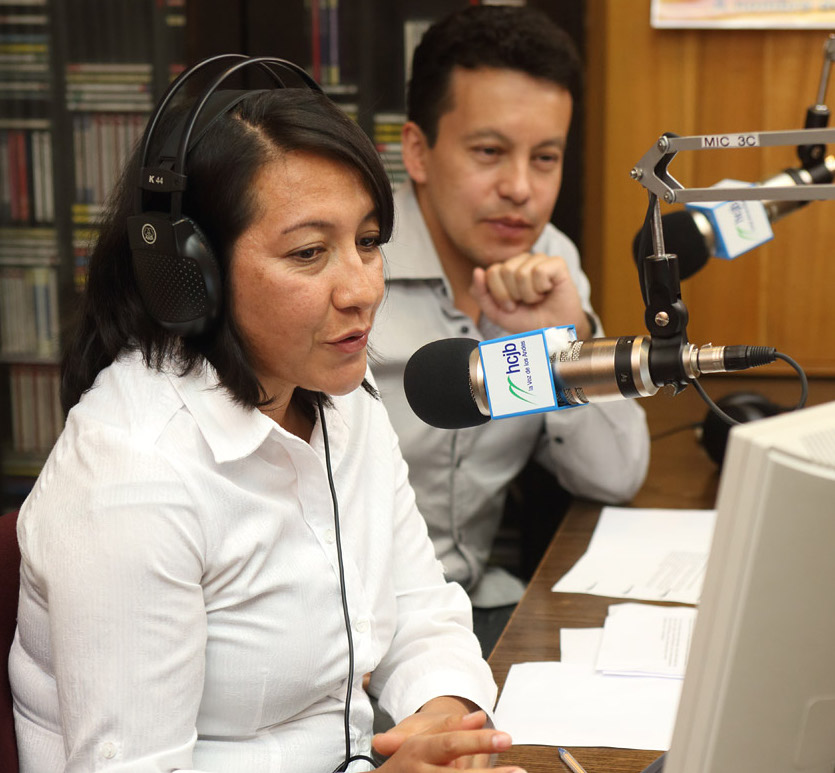I’ll never forget that day back in 1985 when I was a rookie missionary in Quito, Ecuador, attending a joint staff meeting on the campus of Radio Station HCJB. Ron Cline, the mission’s president at the time, was speaking in his deep, booming radio voice, telling about how he had sensed God’s clear direction during a long intercontinental flight. The Holy Spirit was prompting him to refocus the mission on reaching the world’s unreached people groups—especially those with no access to Christian broadcasts in their native tongues.
I still get goosebumps as I recall him introducing the “World by 2000” concept. Ron would later meet with the presidents of TWR, Far East Broadcasting Co., FEBA Radio, Worlds of Hope, SIM and others to launch a joint effort with the goal of making gospel broadcasts available in all of the world’s languages by the year 2000.
I felt inspired and motivated to do my part as a Christian journalist to get out the word about this exciting challenge and to urge others to get on board through their prayers, gifts and service. But communication was a lot different in those days—no email, no World Wide Web, no social media and no international phone calls unless you wanted to pay $5 a minute or connect with a local ham radio operator to make a “phone patch” to North America.
Missions was also a lot different back in 1985. For the most part, missionaries were in charge, and the “great white father” mindset was still prevalent. Missionaries were the teachers and mentors; nationals were the learners and students. 
Times were changing, however, and the “World by 2000” challenge was a key catalyst in helping spur a new era of partnership at Reach Beyond—not only with other stateside mission organizations, but with Christians worldwide.
Although Ron’s vision has not been completely fulfilled, Christian broadcasts now go out in nearly all of the world’s major languages—those with at least 1 million speakers—and transmissions in languages spoken by hundreds of unreached people groups have been added since 1985 through the cooperation of media partners worldwide.
In the early 1990s, Reach Beyond began an outreach called “radio planting,” working alongside national partners to establish Christian radio ministries. Since then we’ve helped plant over 500 radio outlets in over 100 countries, broadcasting the good news in more than 200 languages. While we help start the stations, providing equipment, training and technical expertise, the outlets are owned and operated by our partners, responsible for the content of the programming and all operational expenses.
Since 1985 Reach Beyond has divested itself of several properties and ministries, in many cases turning them over to national believers. One example is the Christian Center of Communications, a three-year program that prepared Latin American students for jobs in the media. Each year the program graduated about 10 students. Then in 2013, Reach Beyond closed the program and turned it over to the national church. Today dozens of students are enrolled, greatly expanding the impact of the training program.
Even Reach Beyond’s flagship station, HCJB, is now operated by an Ecuadorian foundation, and is just one of the mission’s many partner stations that are owned and operated by local believers.
Latinos also run Corrientes (Currents), a program launched by Reach Beyond in Quito in 2009 to mentor and mobilize Latin Americans for missionary service worldwide. Young missionary candidates from Ecuador and across the continent have enrolled in the program, and many are now serving in unreached countries—places where North American missionaries could never go. 
So is there still a place for North American missionaries today? Yes! But their role is changing. More and more, nationals are now the ones in charge, with missionaries participating in the outreach at the invitation of local believers. Nationals are the ones making the decisions.
Just this week I gave a tour of Reach Beyond’s Ministry Service Center in Colorado Springs to three key church leaders from Hyderabad, India. They were looking for ways to collaborate with Reach Beyond, perhaps tapping into our technological expertise and working with us to reach some of those “hard places” where missionaries from the West cannot go.
They showed me a photo album depicting their ministries in India, including events that attracted thousands of people, presenting the gospel message in ways that dovetailed with their local culture. As I flipped through the album, I noticed there was not a single image of a Western missionary. It was Indians reaching Indians for Christ. That’s the changing face of missions today.
Did you like what you read today? Why not subscribe to the blog and have new posts go straight to your email!
